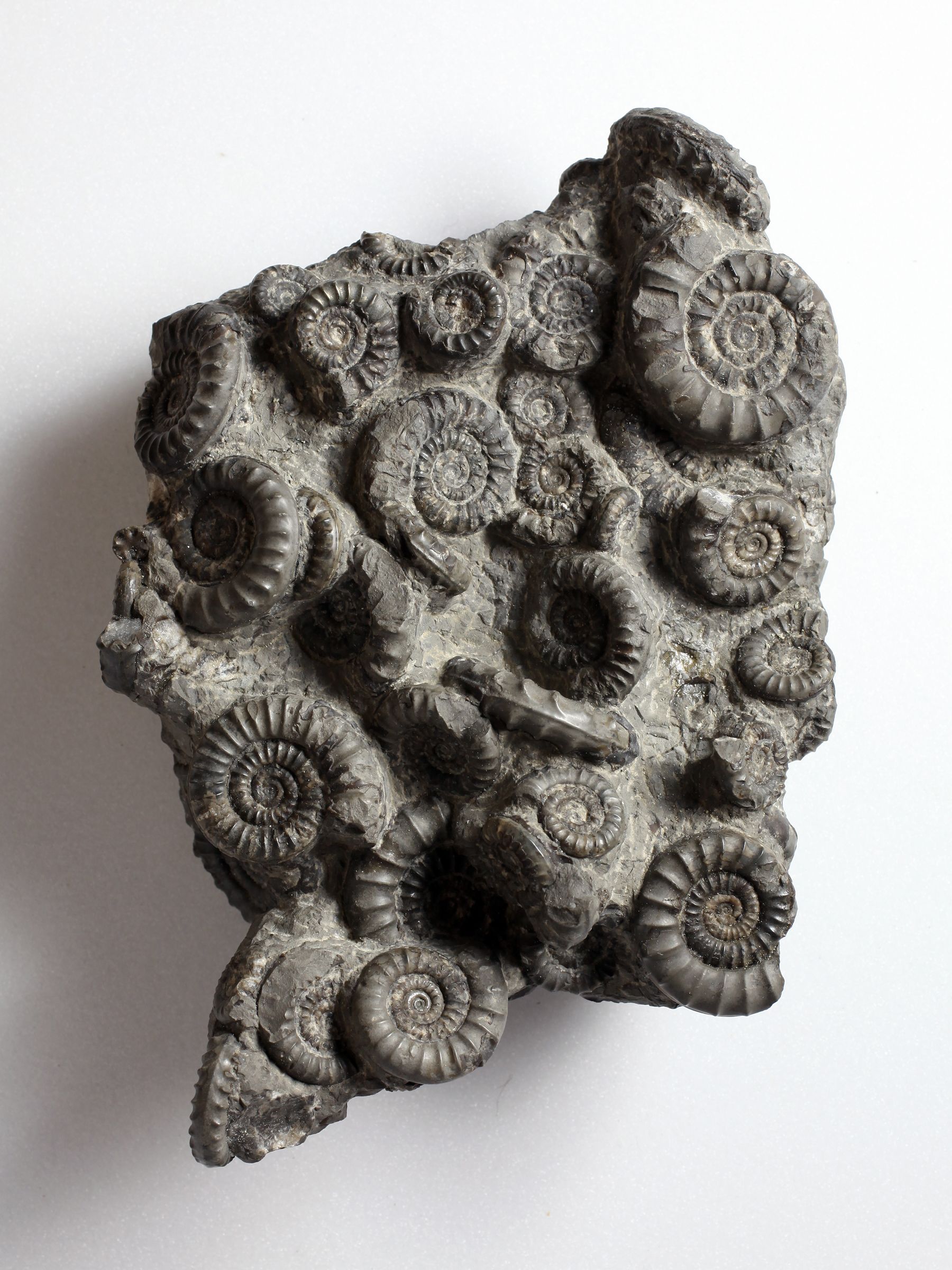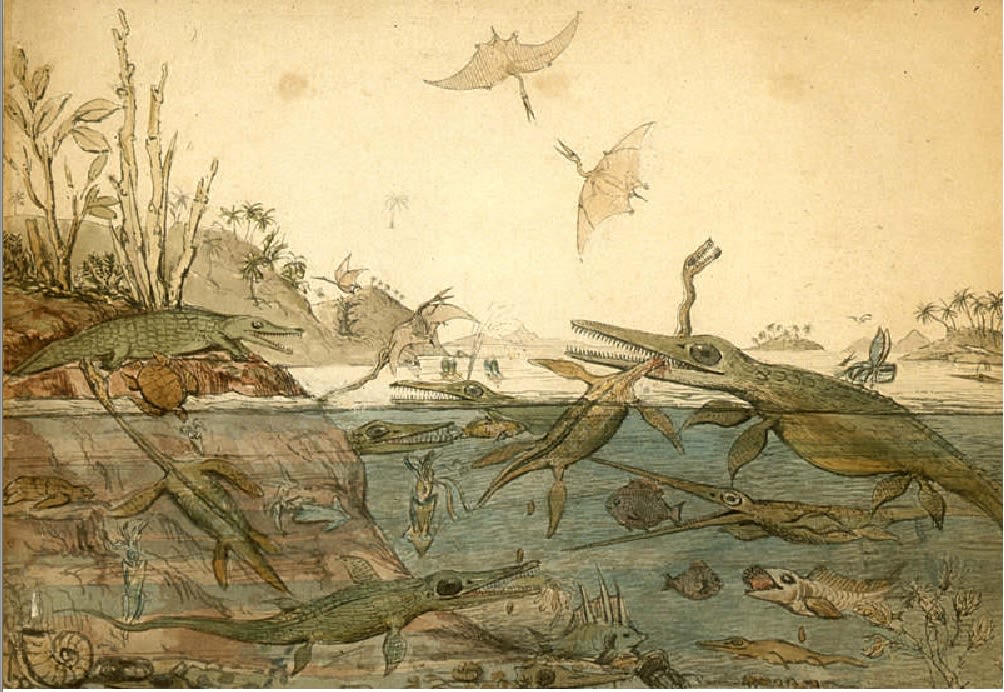Lockdown creativity:
Recreating an iconic scene
of Jurassic sea life
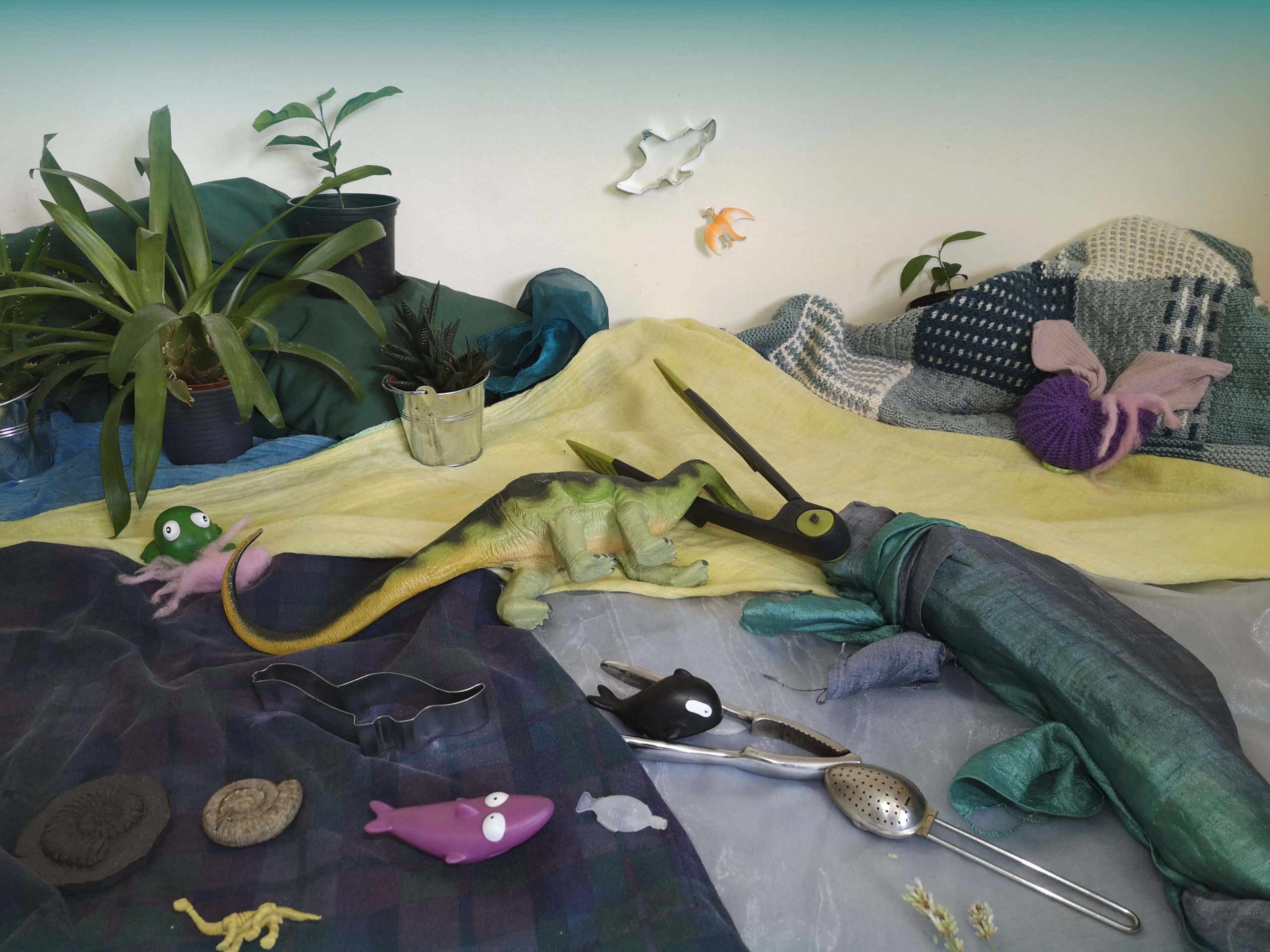
Early in lockdown, the Getty Museum challenged social media users to recreate artworks from its collection using household objects.
Here in the Sedgwick Museum we responded by challenging ourselves and our social media followers to recreate a famous painting, Duria Antiquior, which hangs in our Museum. Using the hashtag #DIYDuria, we collected ammonites, belemnites and ichthyosaurs made from teaspoons, vegetables, Lego and more. Here they are!
Ammonites, belemnites and icythyosaurs
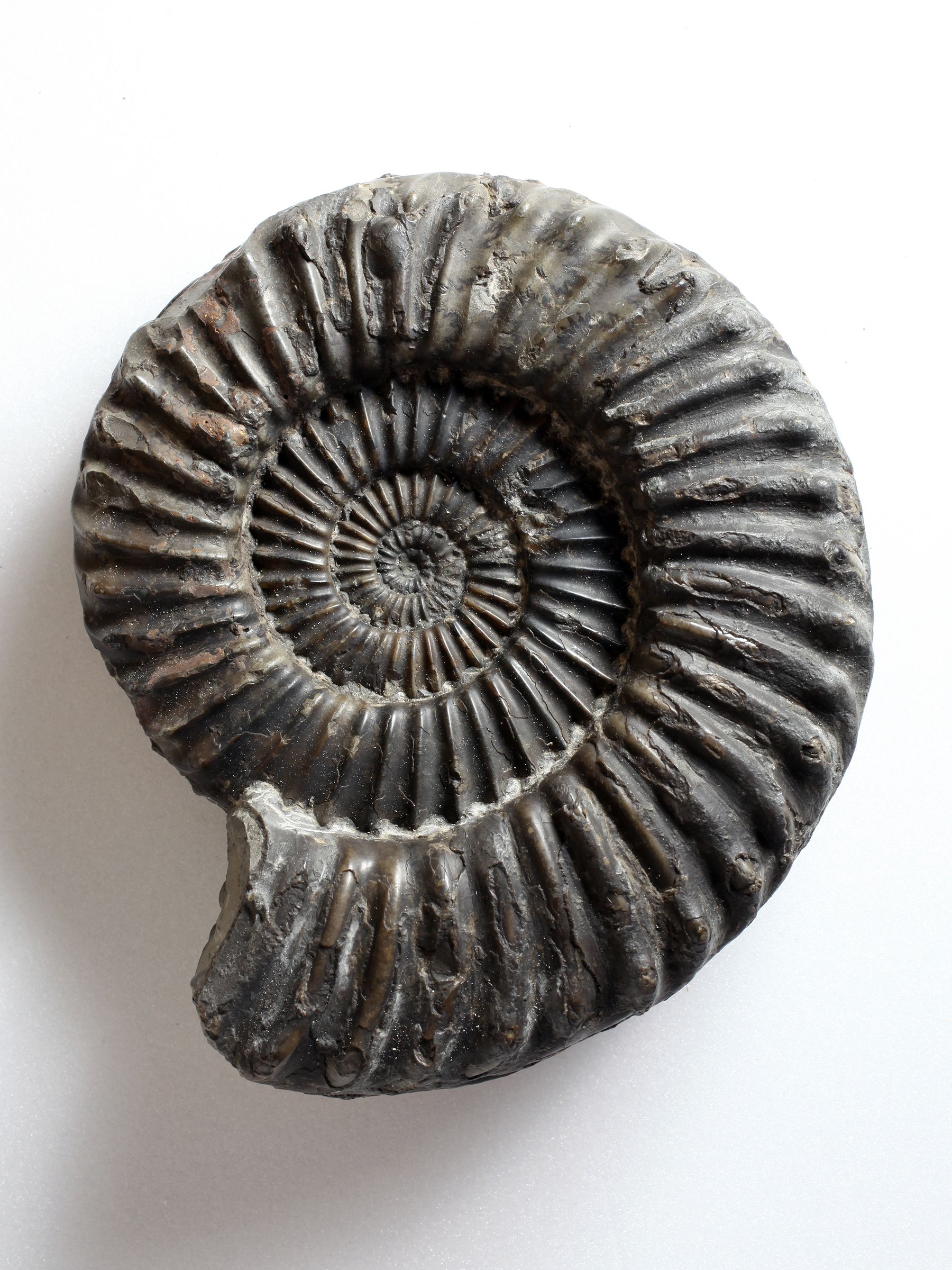
Ammonites are extinct marine animals. They are cephalopods like squid, octopus and cuttlefish but, unlike them, ammonites had a hard, coiled external shell. Ammonite shells were divided into chambers and the animal lived in only the last chamber.
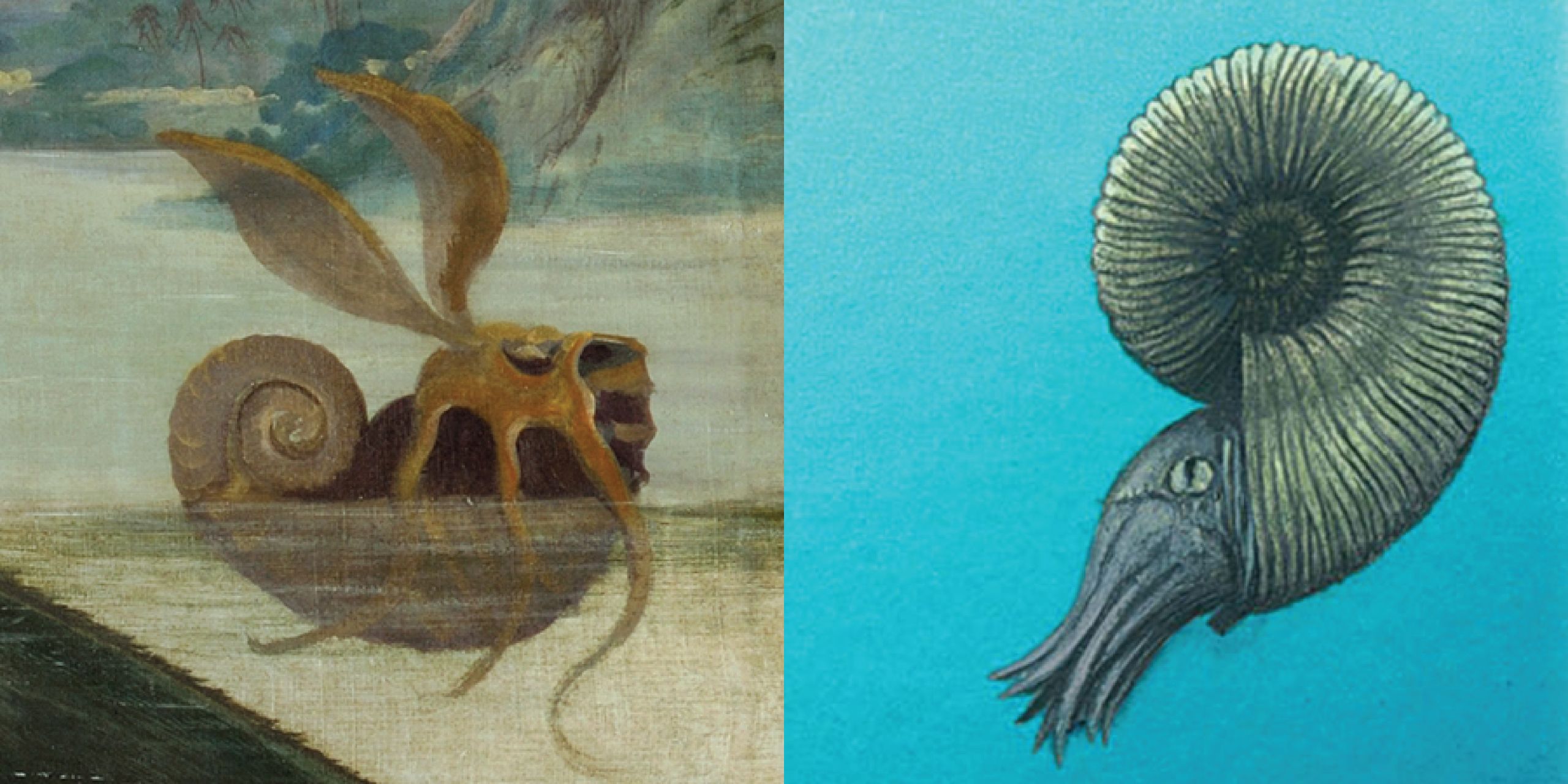

Belemnites are extinct marine animals. They are cephalopods and closely-related to today’s squid and cuttlefish. They had a squid-like body but, unlike modern squid, they had a hard internal skeleton and this is what we find in the fossil record.
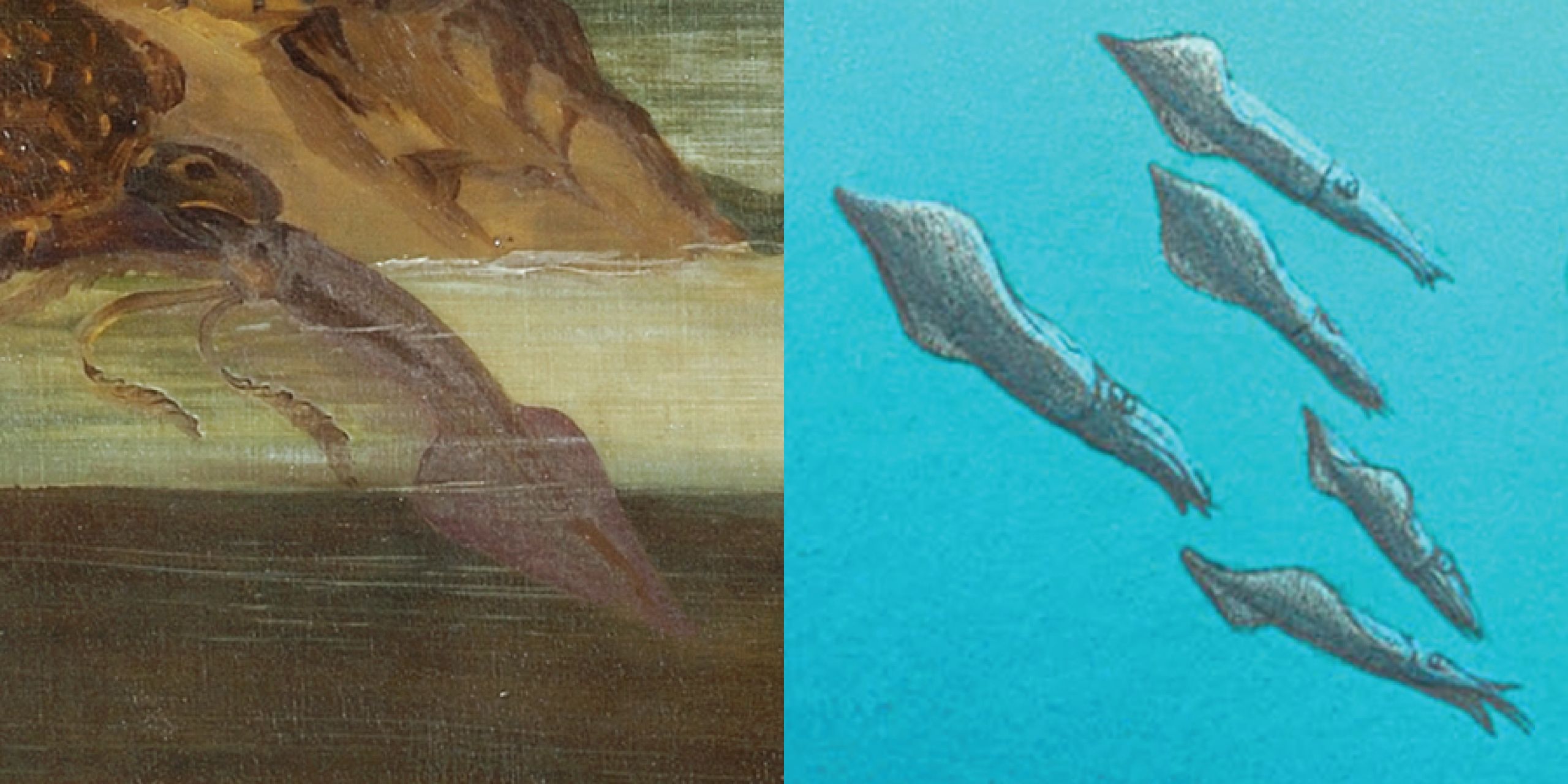

Ichthyosaur means "fish lizard". Despite their name, ichthyosaurs are actually extinct marine reptiles and not related to fish or lizards.
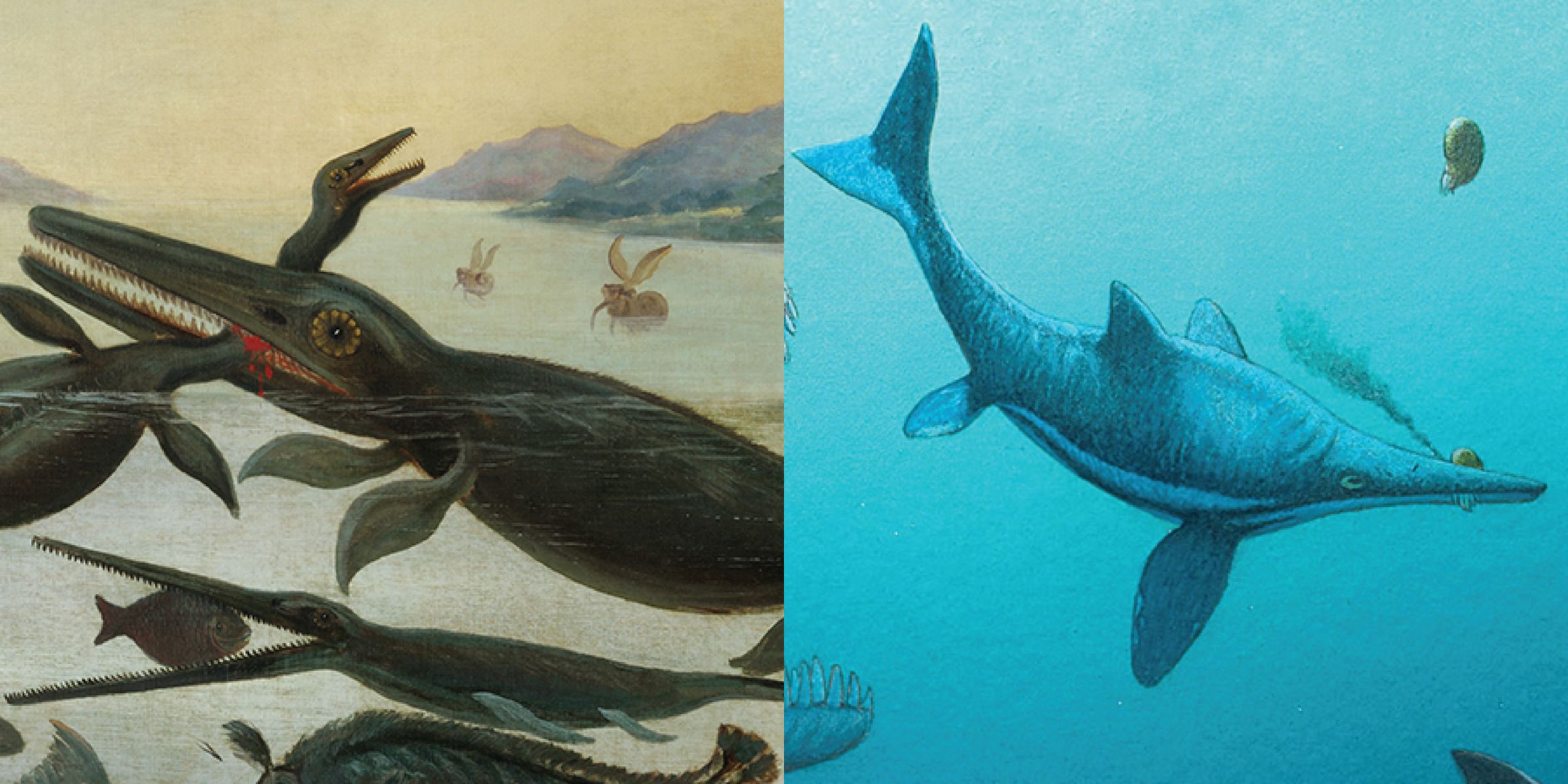
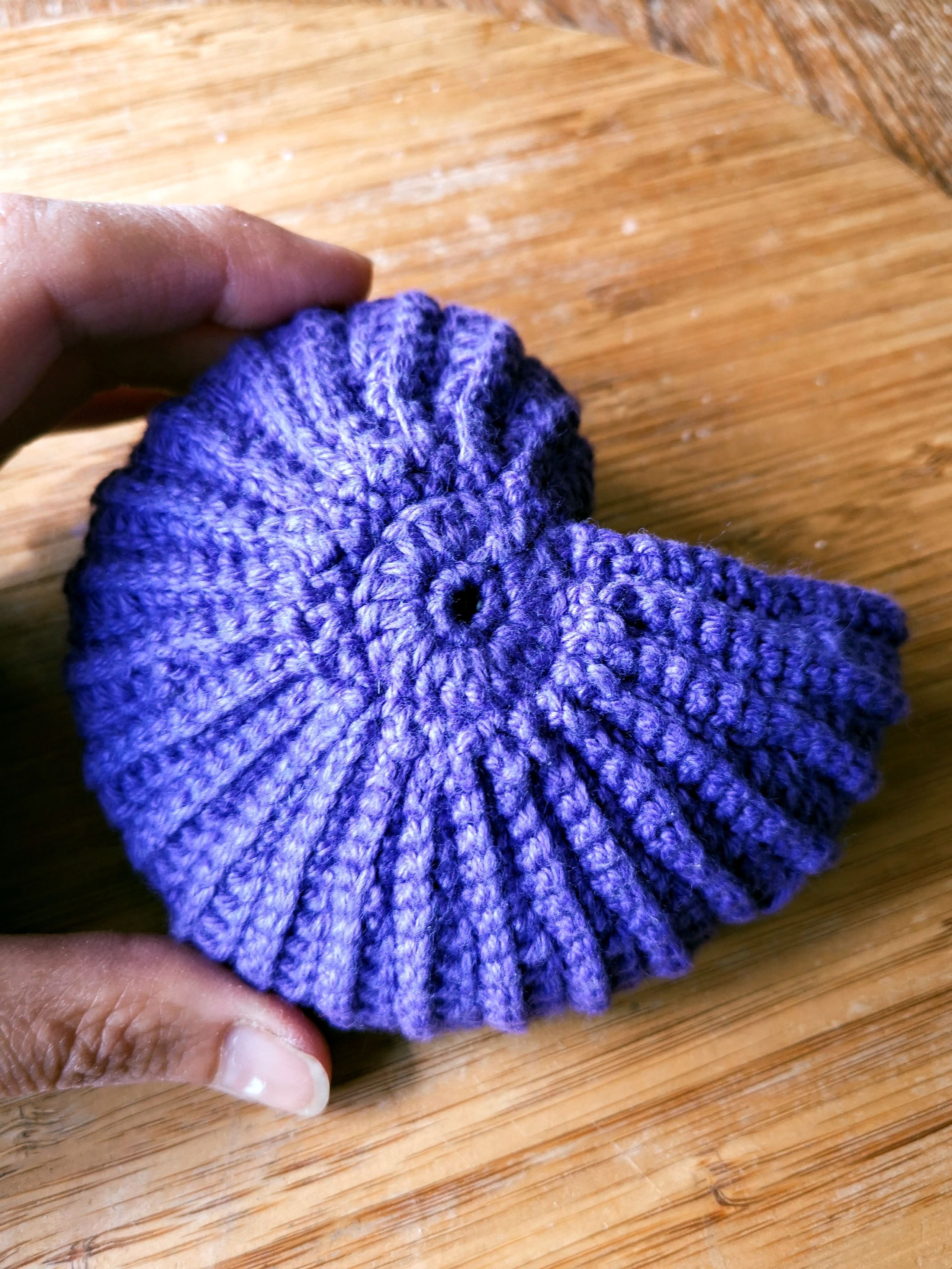
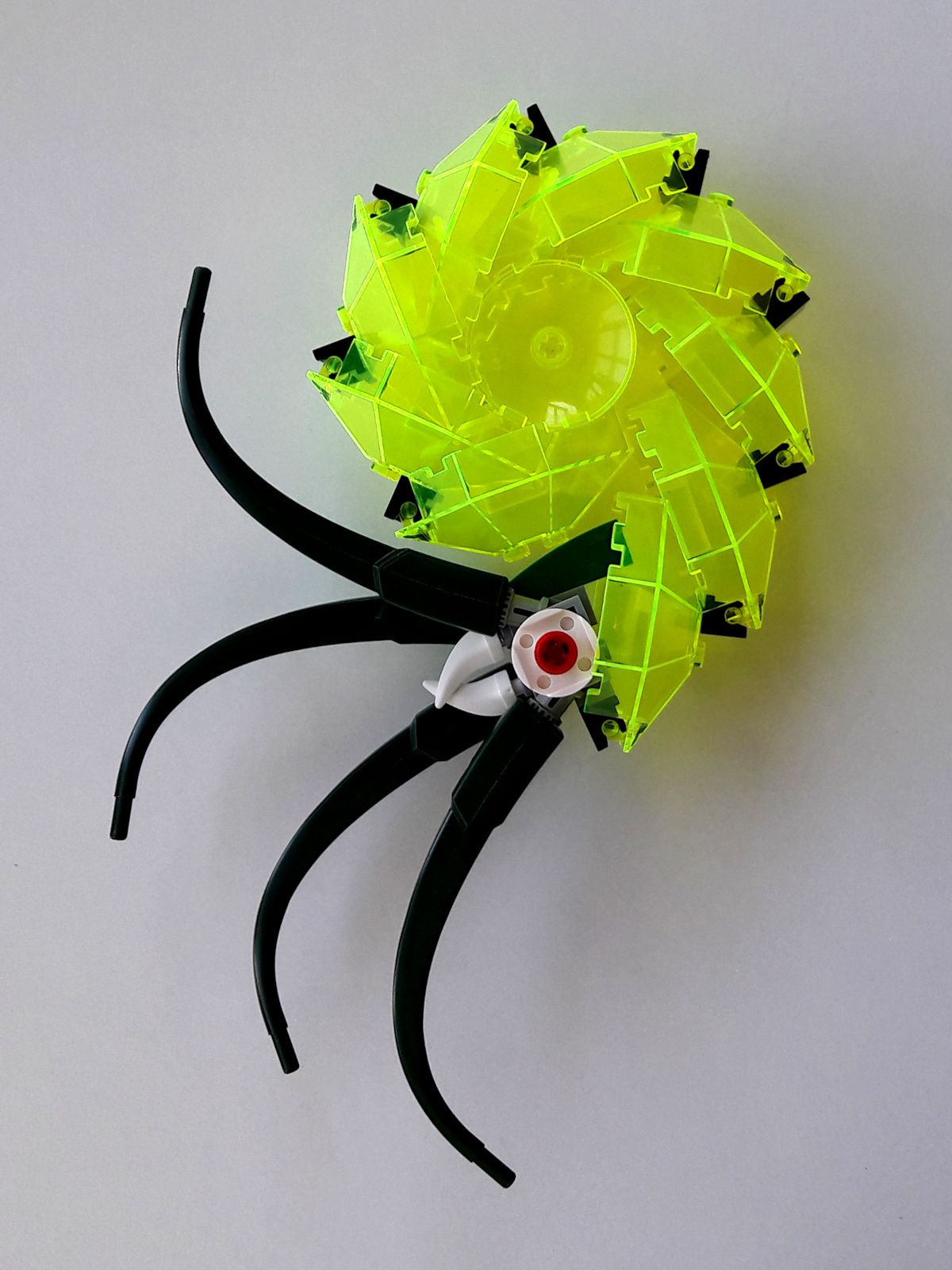
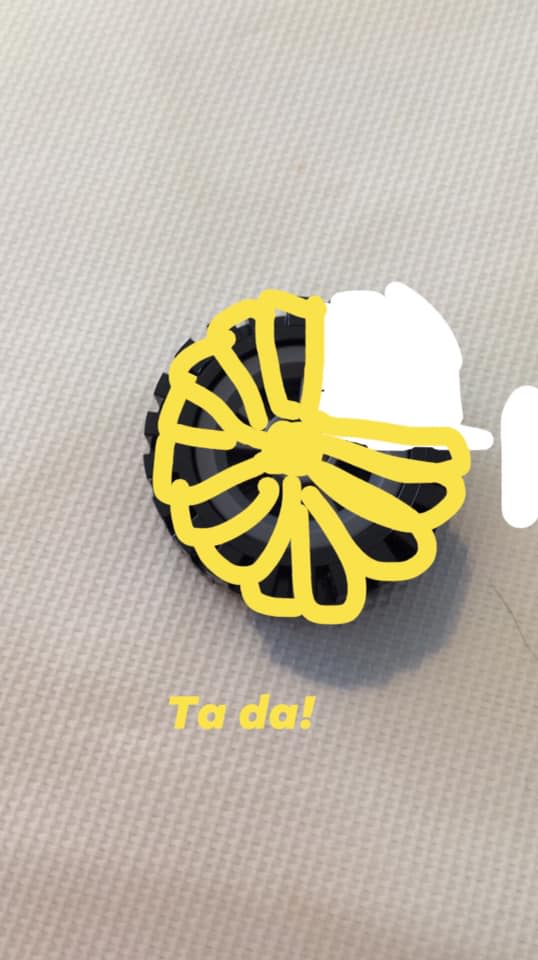
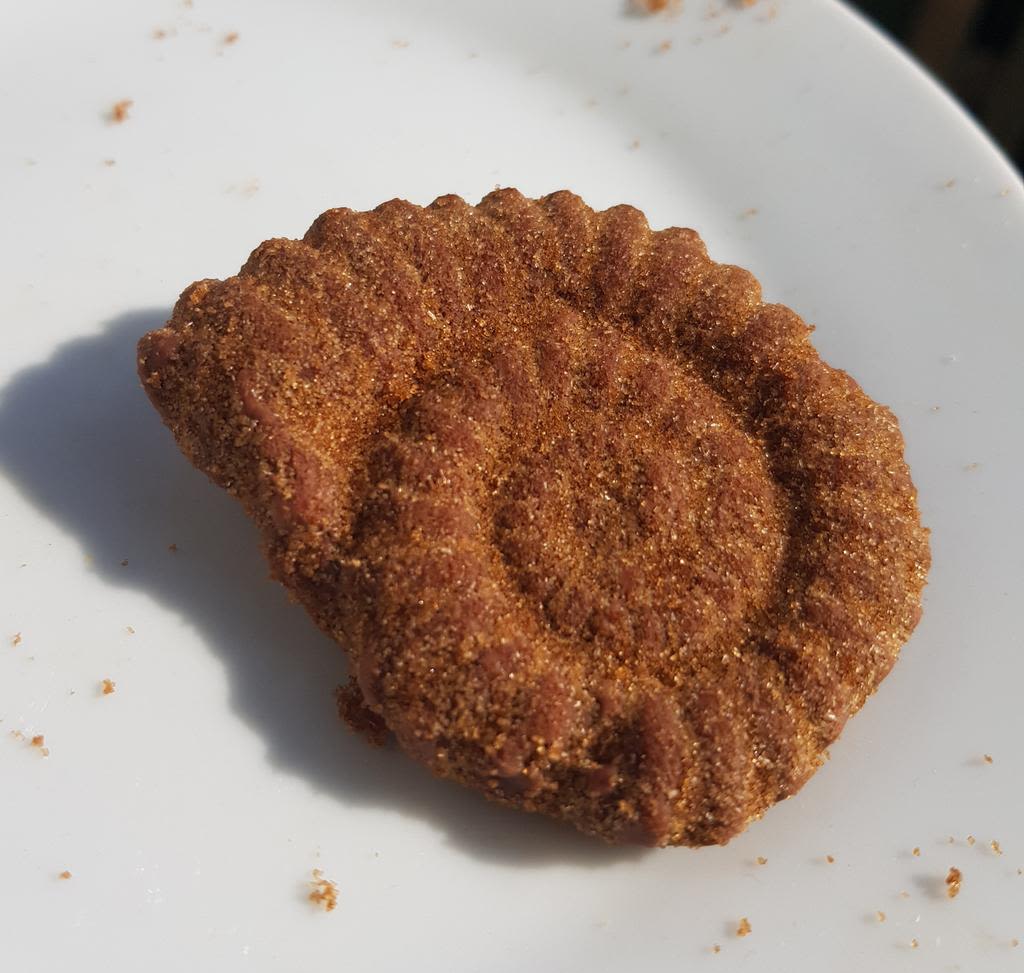
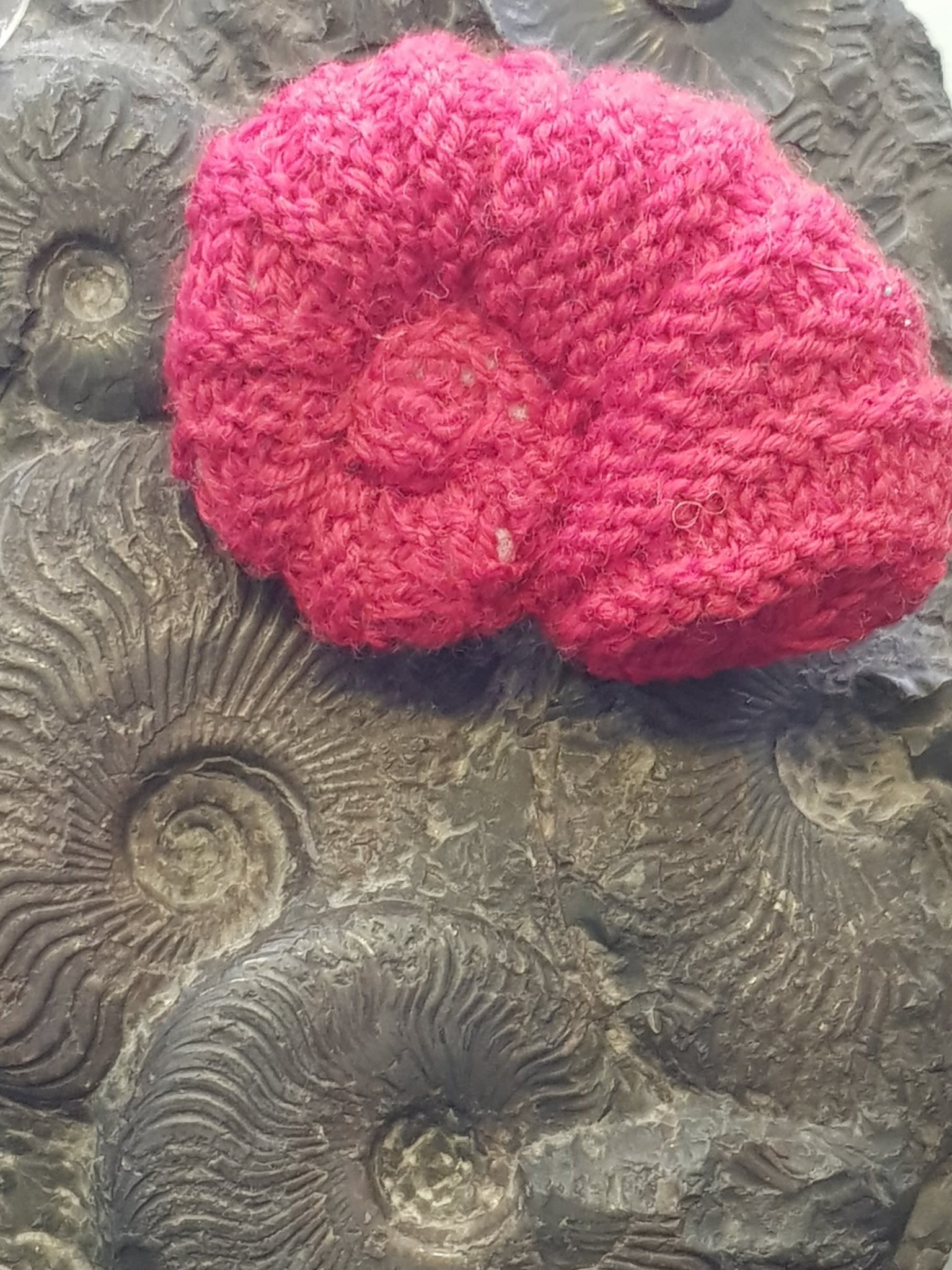

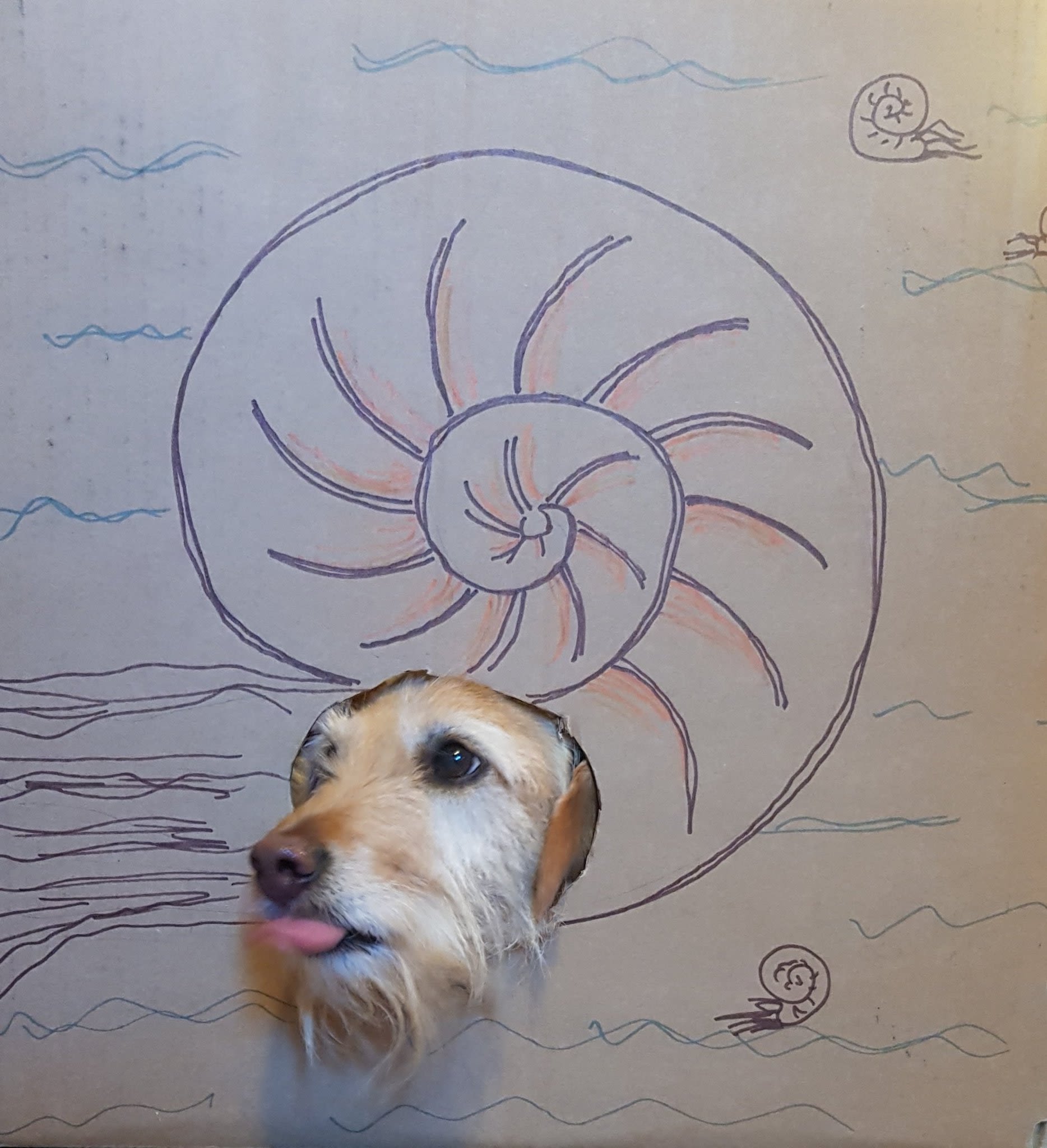
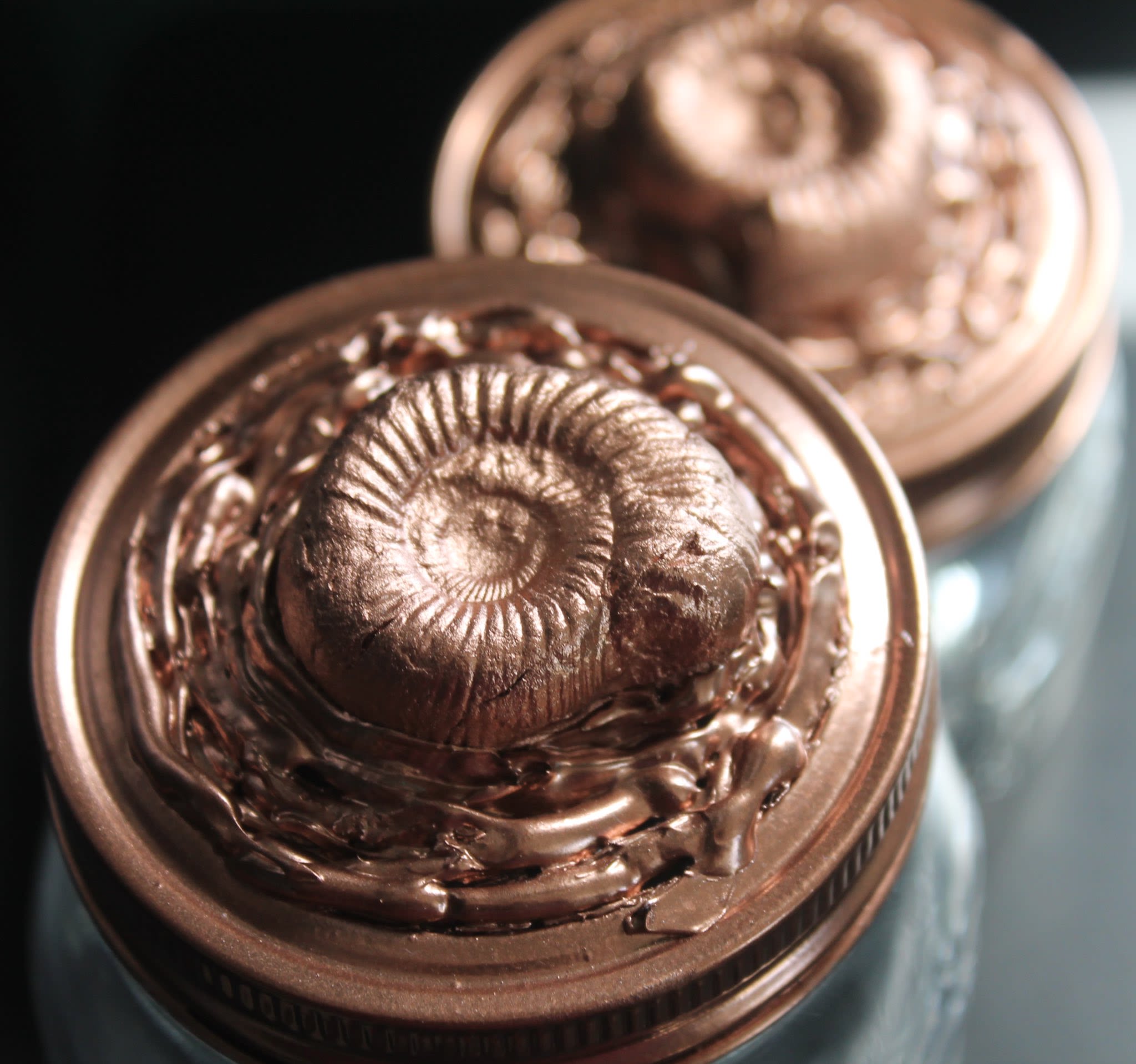
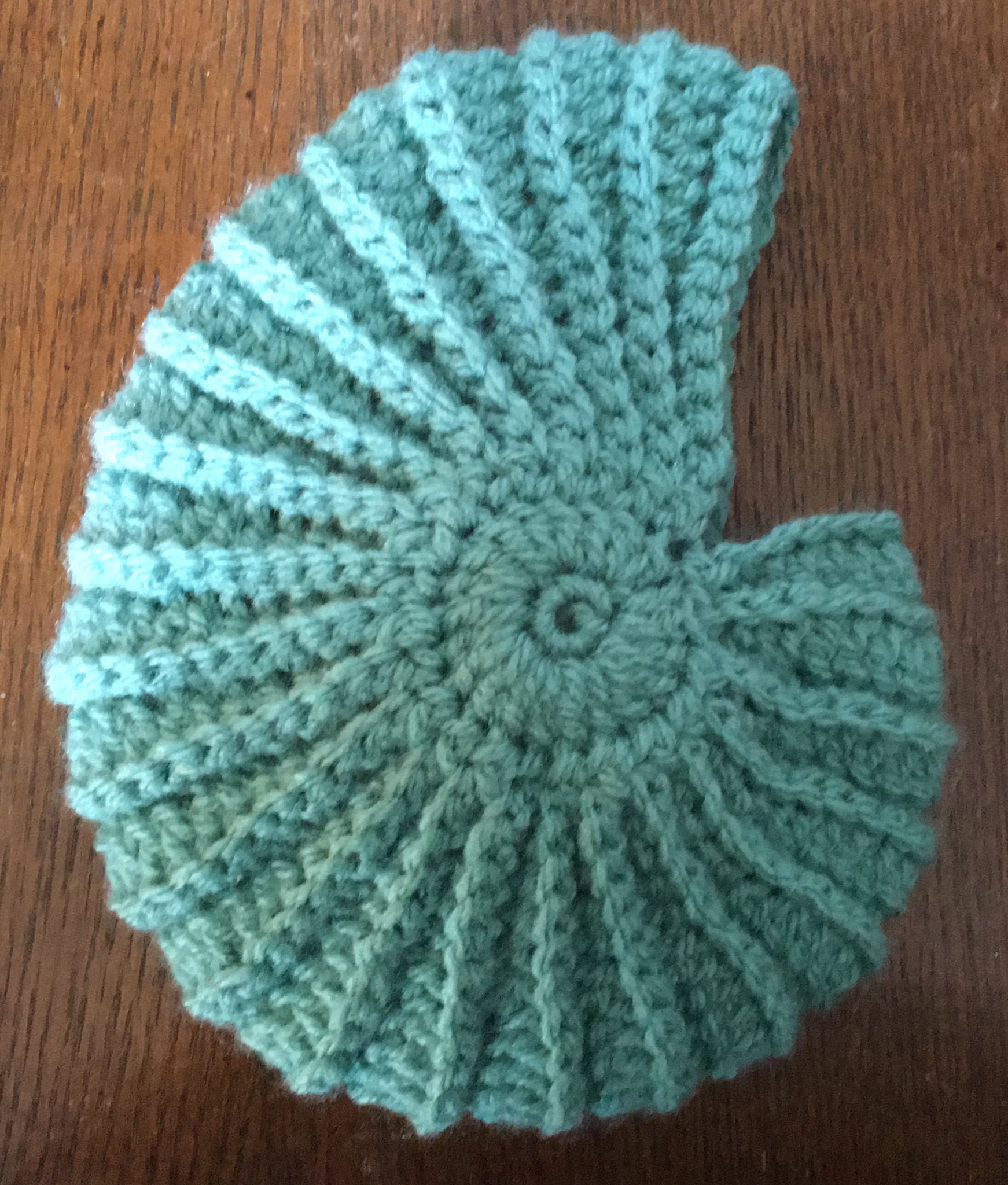
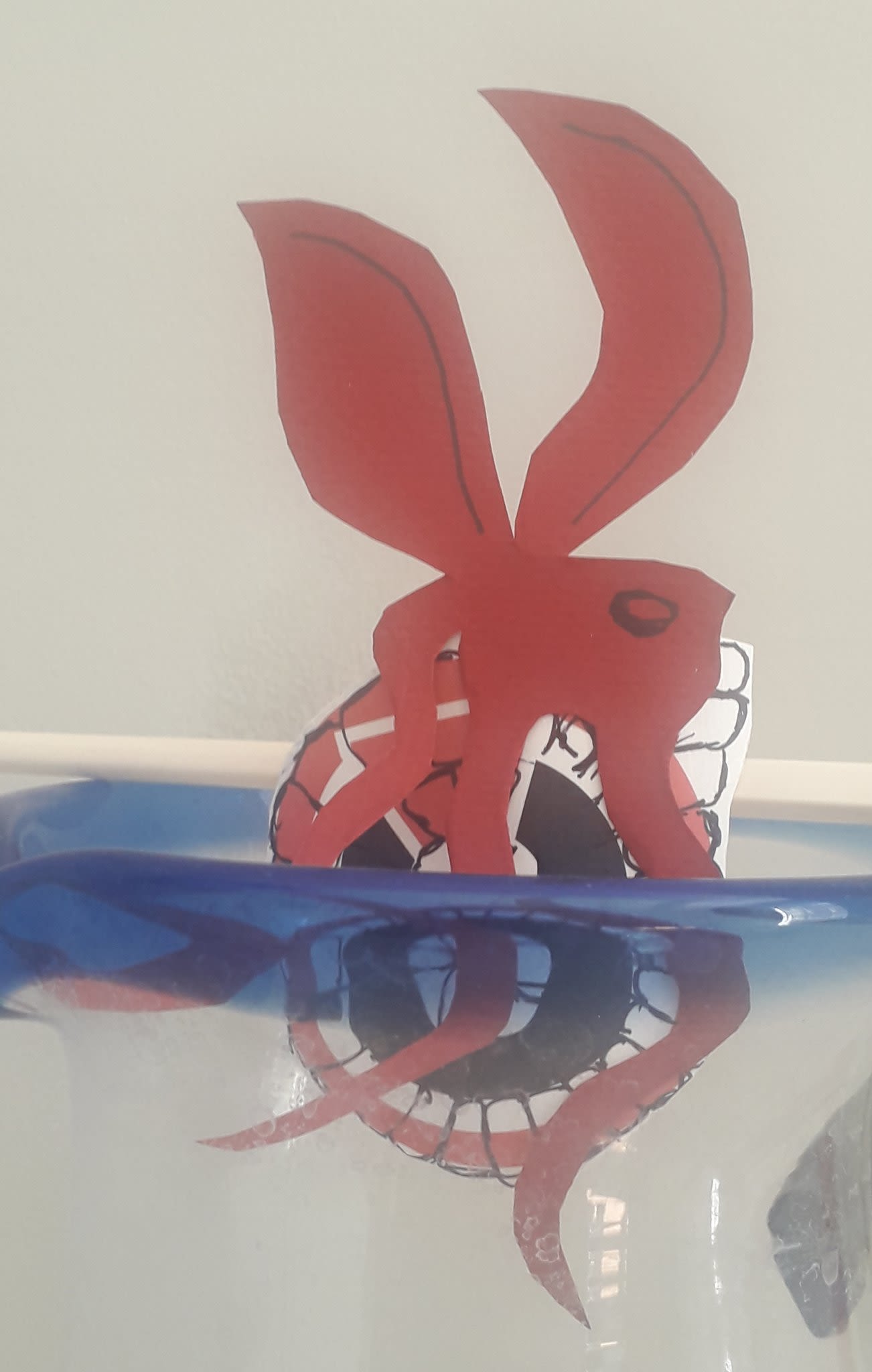
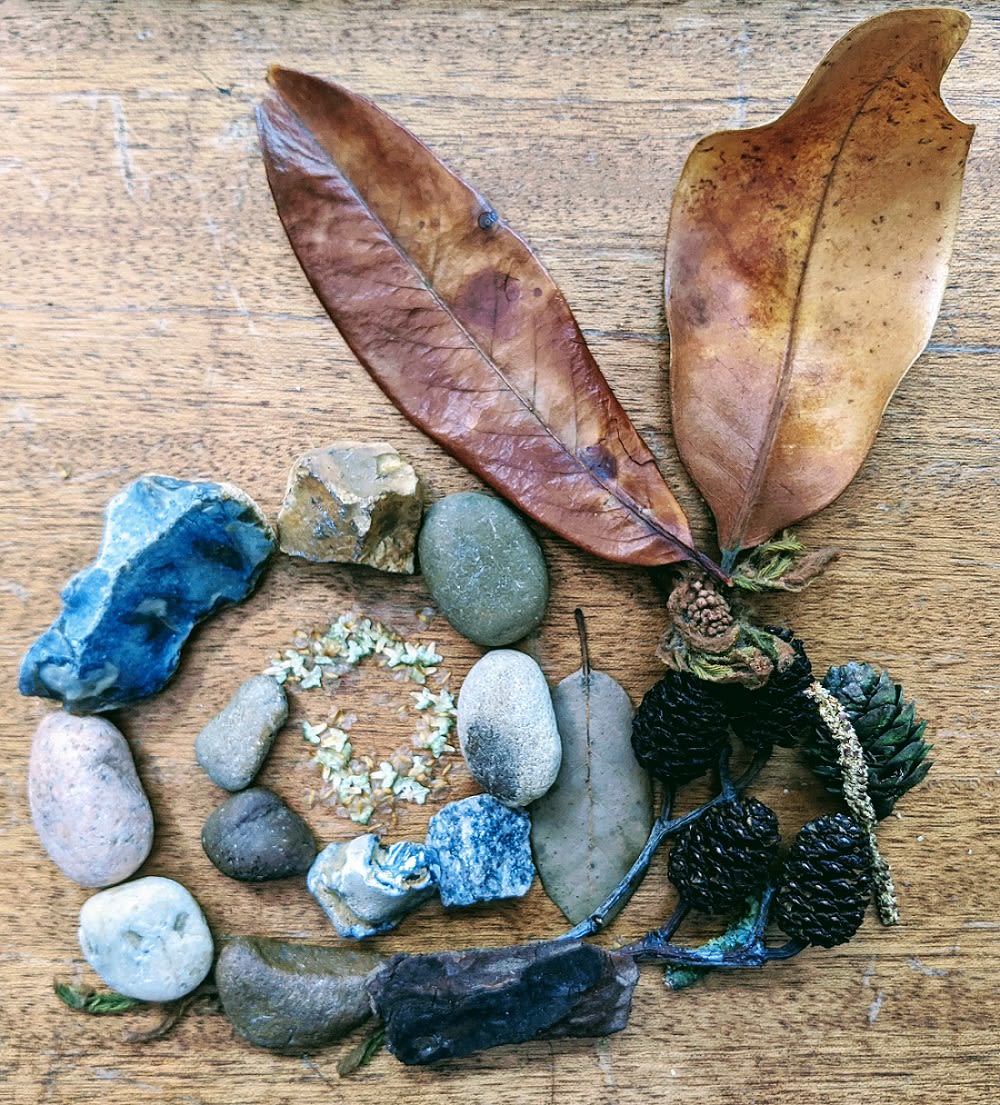
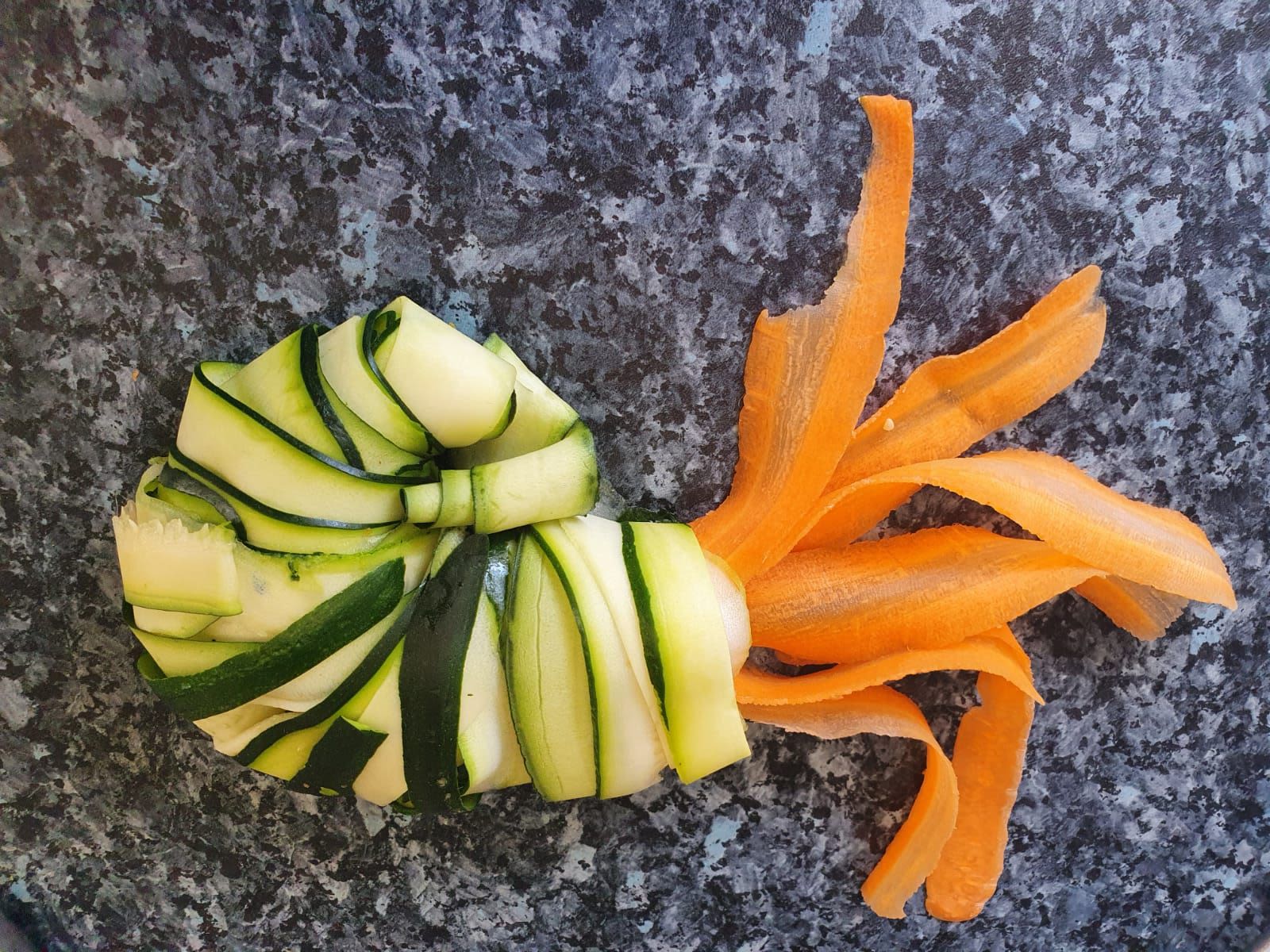
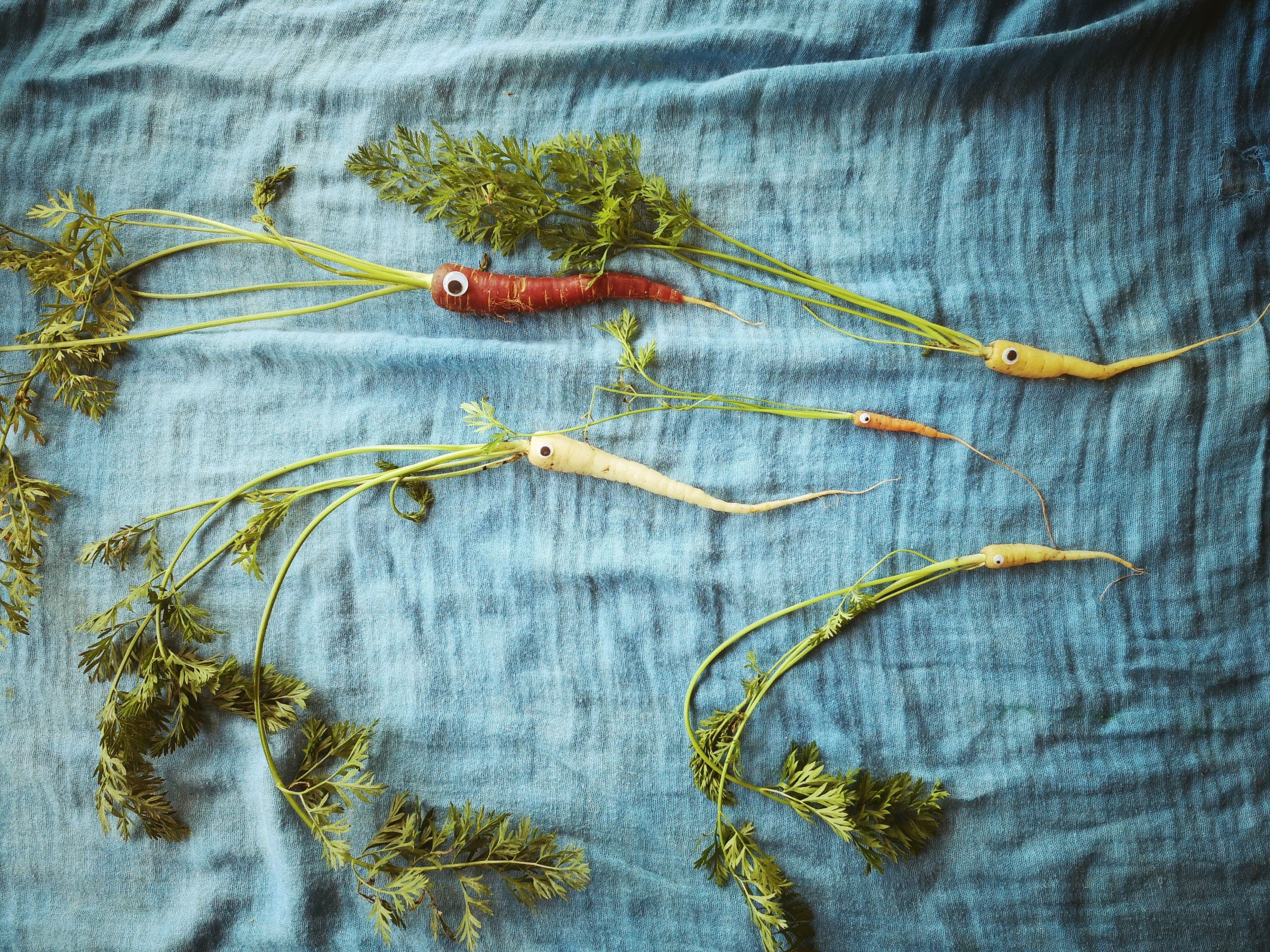













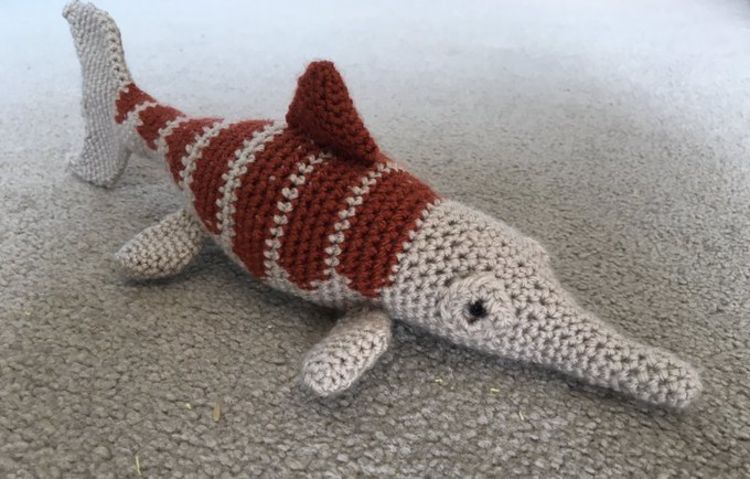
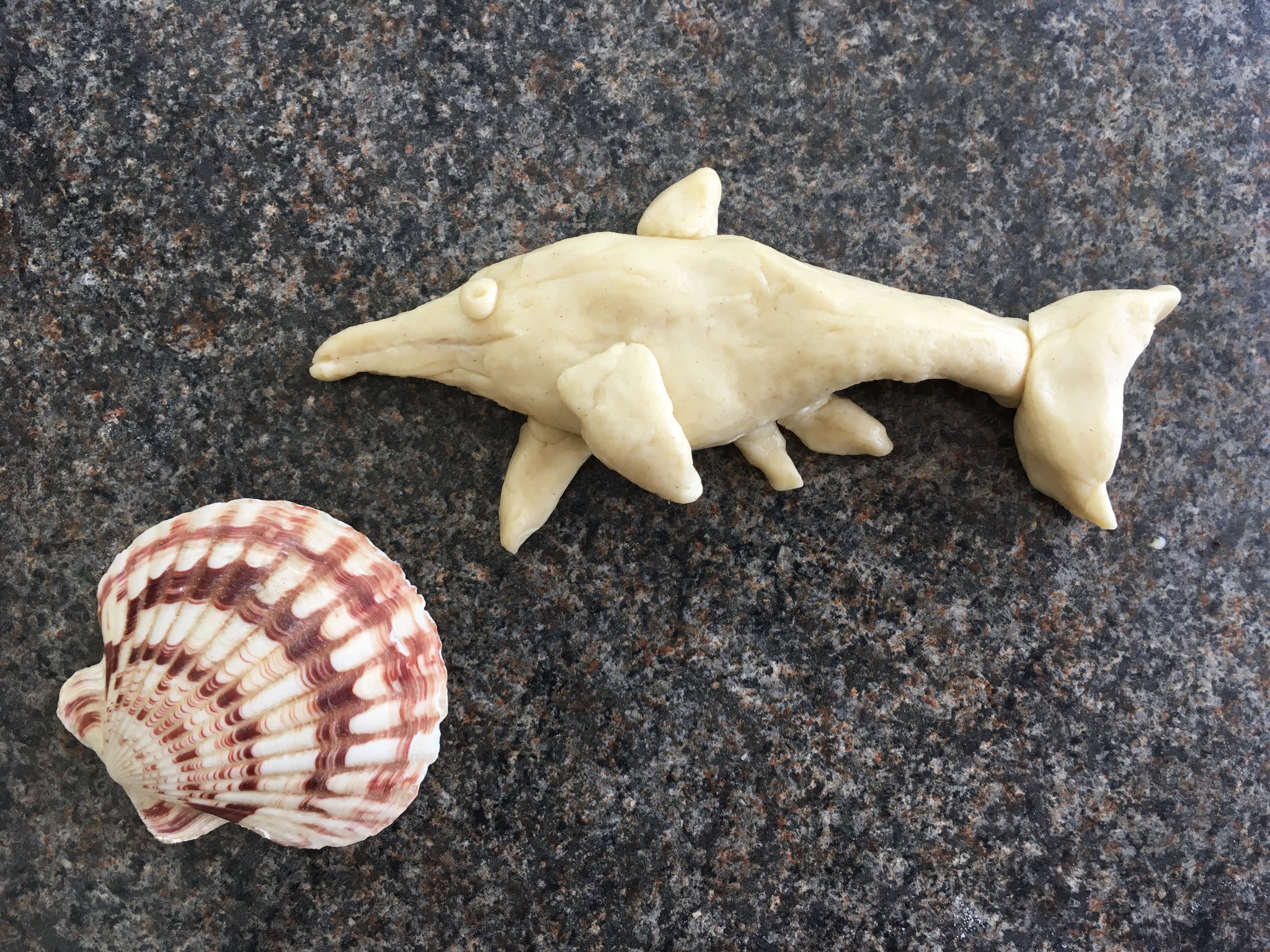

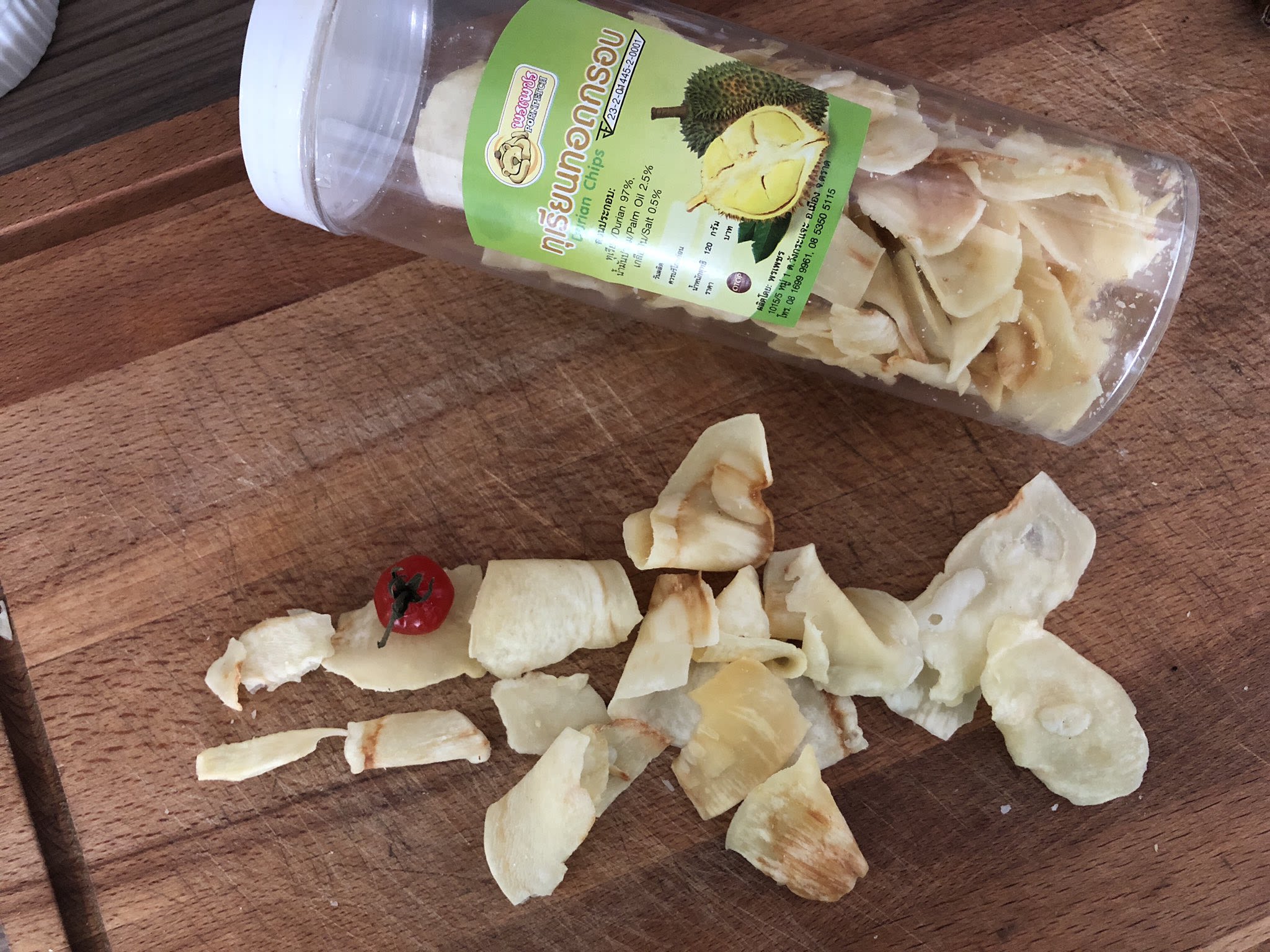
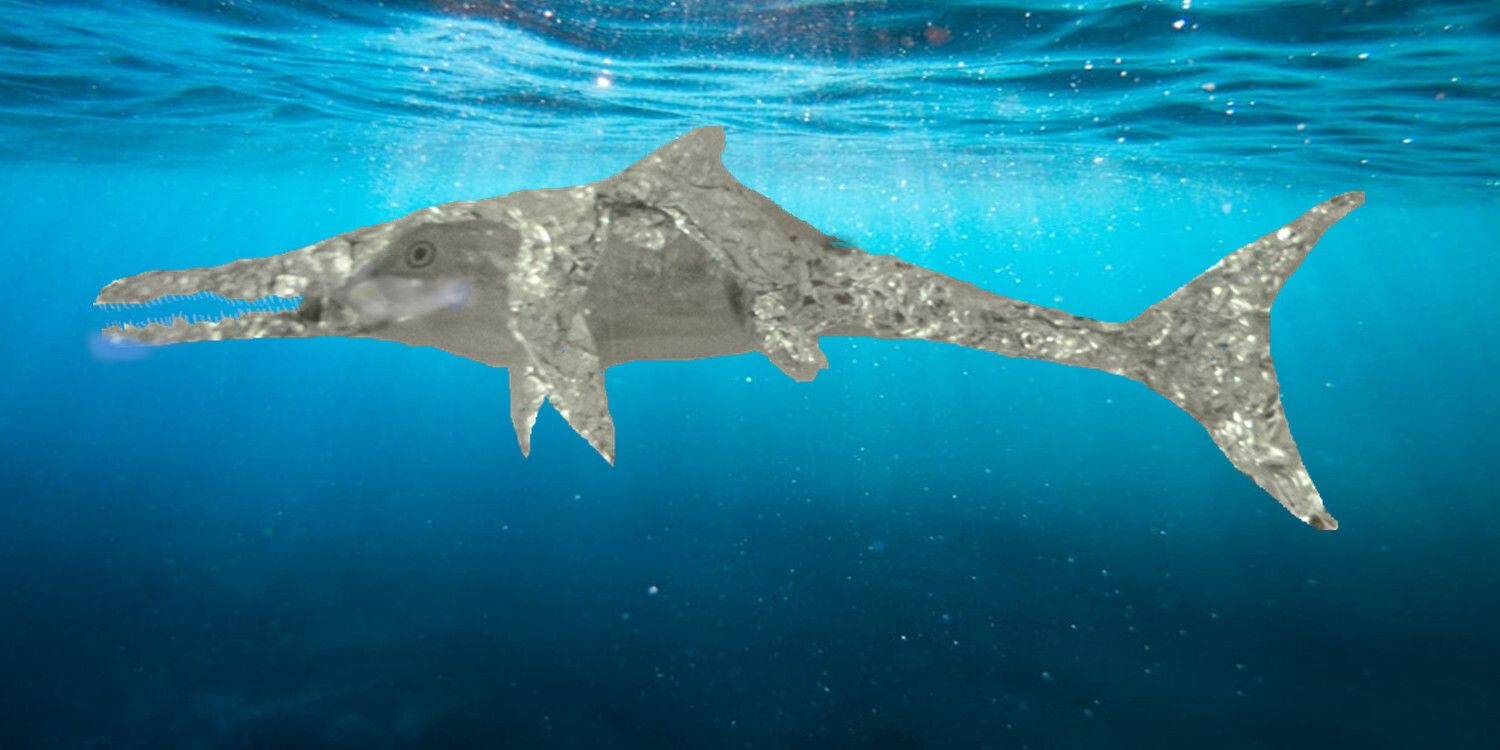
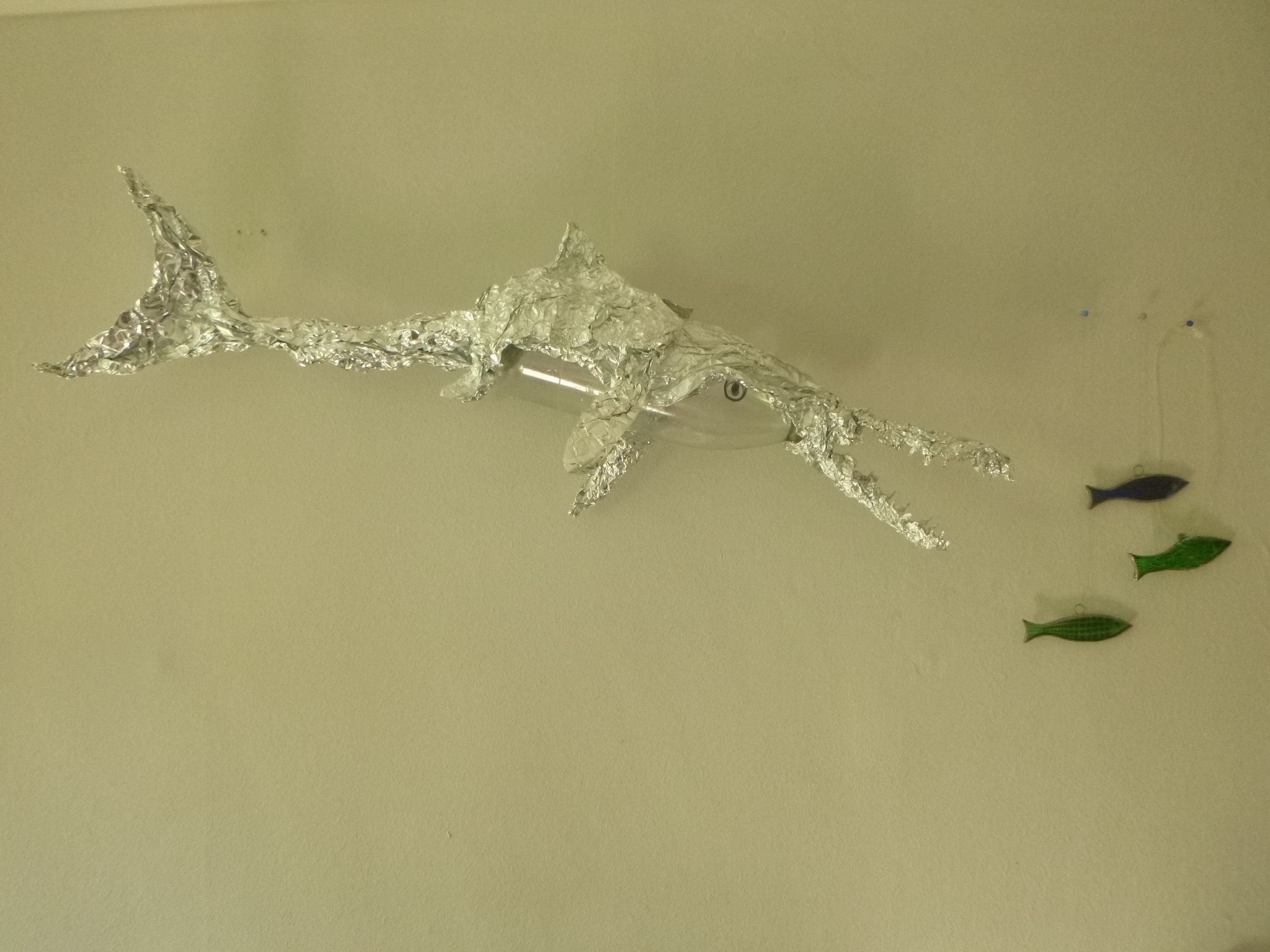
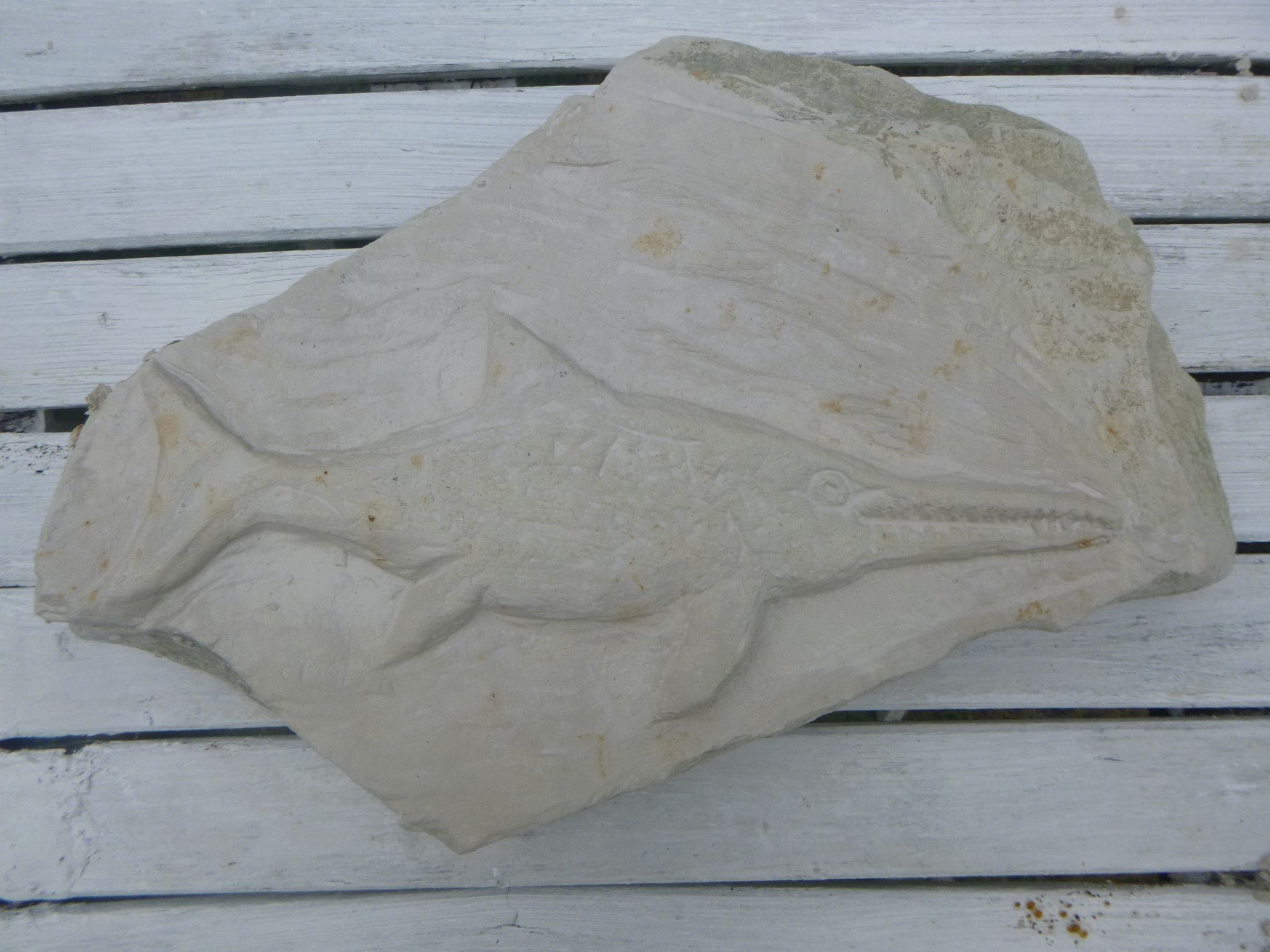







While many people focused just one of the creatures from Duria, some chose to recreate the whole painting.

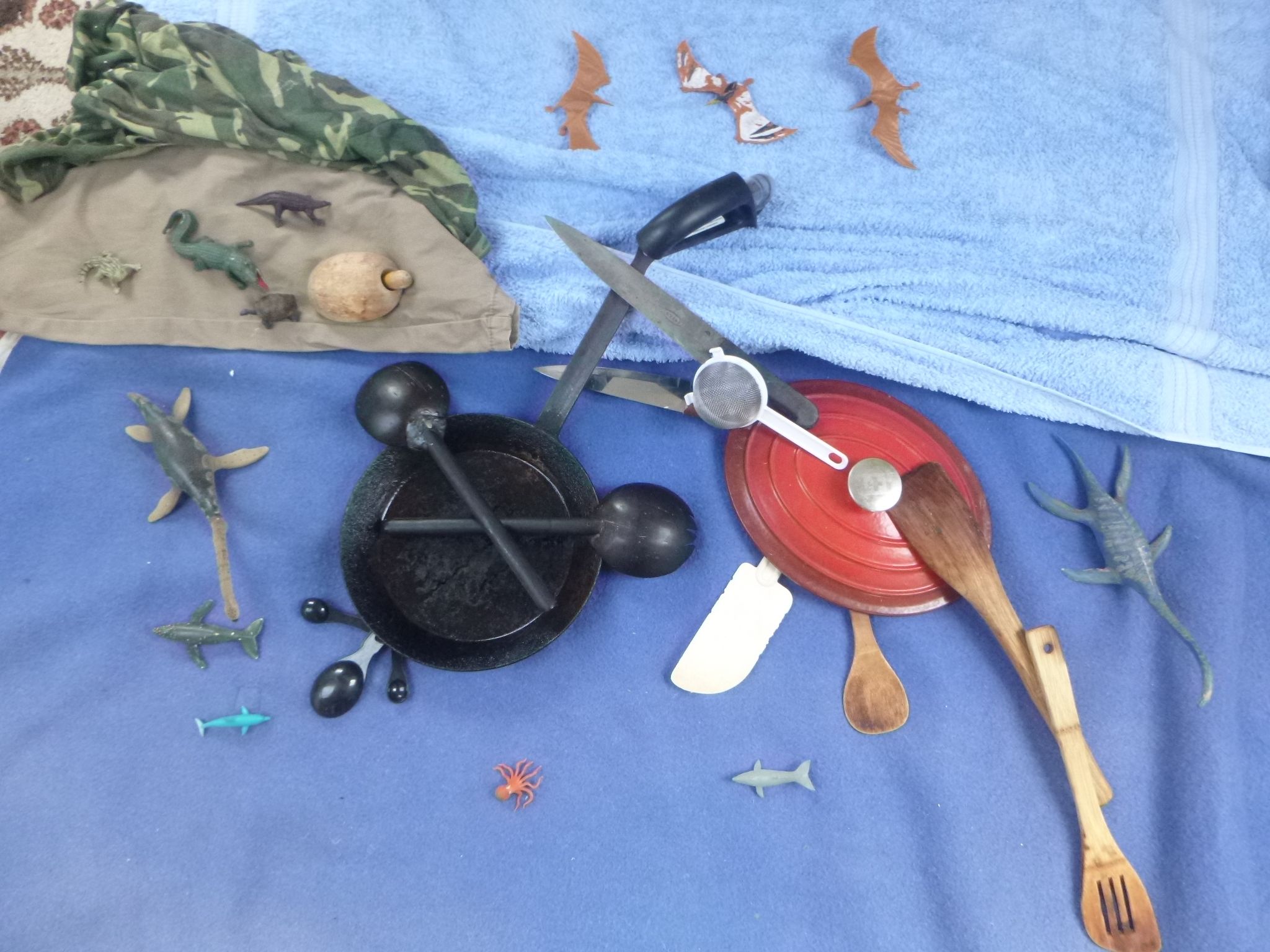
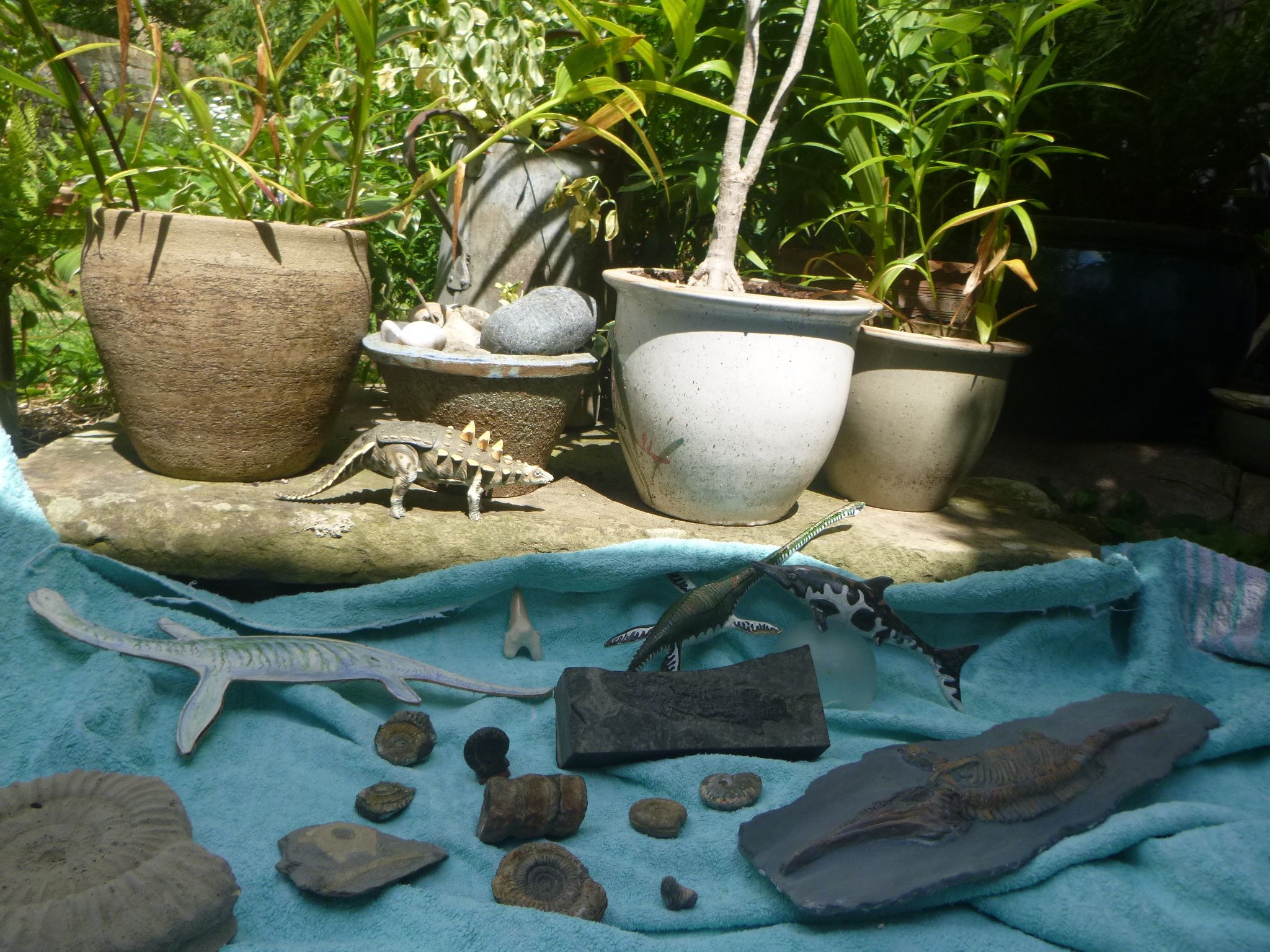





A Brief History of Duria Antiquior in the Sedgwick Museum
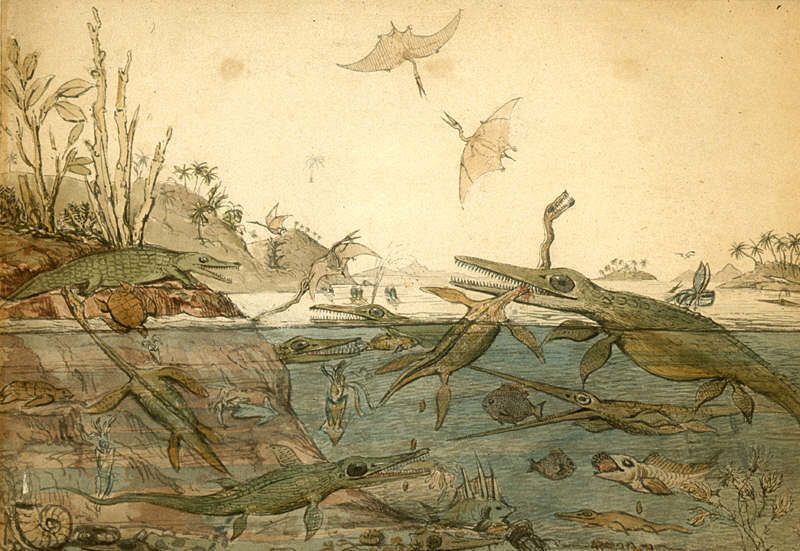
The original watercolour of ‘Duria Antiquior, a more ancient Dorset’ was painted in 1830 and was the first reconstruction of prehistoric life to be based on fossil evidence. It paved the way for the palaeoart you might recognise in books, museums, television, film and online.
The painting, by geologist Henry De La Beche, was based on the specimens found by fossil collector Mary Anning in Lyme Regis, Dorset. Anning's discoveries had allowed another geologist, William Buckland, to describe this food chain from Deep Time, and this formed the basis of De La Beche's painting.
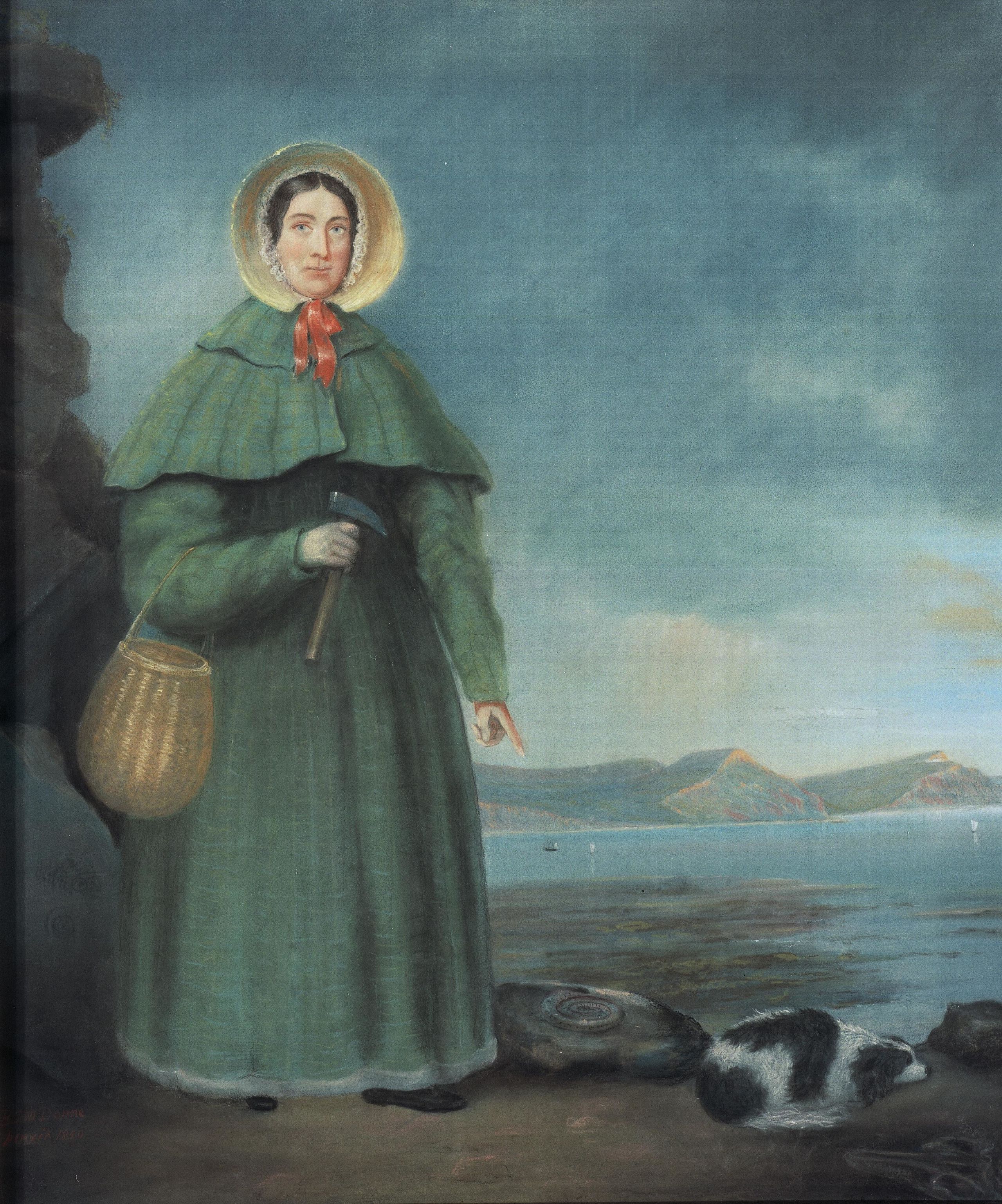
De La Beche befriended Anning who, despite being a well-known fossil collector, was experiencing financial difficulties in1830. He commisioned lithographic prints of his painting, produced by illustrator George Scharf, to sell. All the proceeds went to Anning. This generous support was made possible due to De La Beche's wealth, which was accumulated from his sugar plantation in Jamaica and was worked using slave labour.

Sir Henry Thomas de la Beche, geologist, 1848. Engraving by William Walker after a painting by HP Bone 1848
Sir Henry Thomas de la Beche, geologist, 1848. Engraving by William Walker after a painting by HP Bone 1848
Several versions of the painting were produced. The painting on display in the Sedgwick Museum is a large oil painting, produced by Cambridge artist Robert Farren around 1850. We think this was in Adam Sedgwick's office and was used in his lectures.
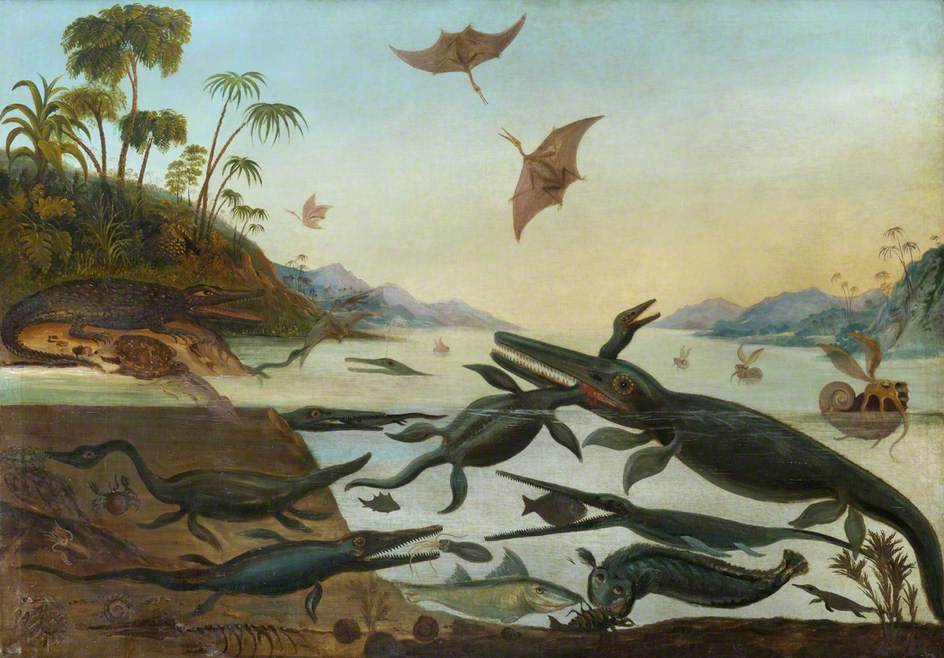
Robert Farren's 1850 copy of Duria Antiquior. Image credit: Sedgwick Museum / Department of Earth Sciences, University of Cambridge.
Robert Farren's 1850 copy of Duria Antiquior. Image credit: Sedgwick Museum / Department of Earth Sciences, University of Cambridge.
Although beautiful fossilized ammonite shells are common in Lyme Regis, soft tissue of the animals are rarely preserved. Perhaps this is the reason Henry’s ammonites sail on the surface a lot like today’s Argonauts (paper nautilus).
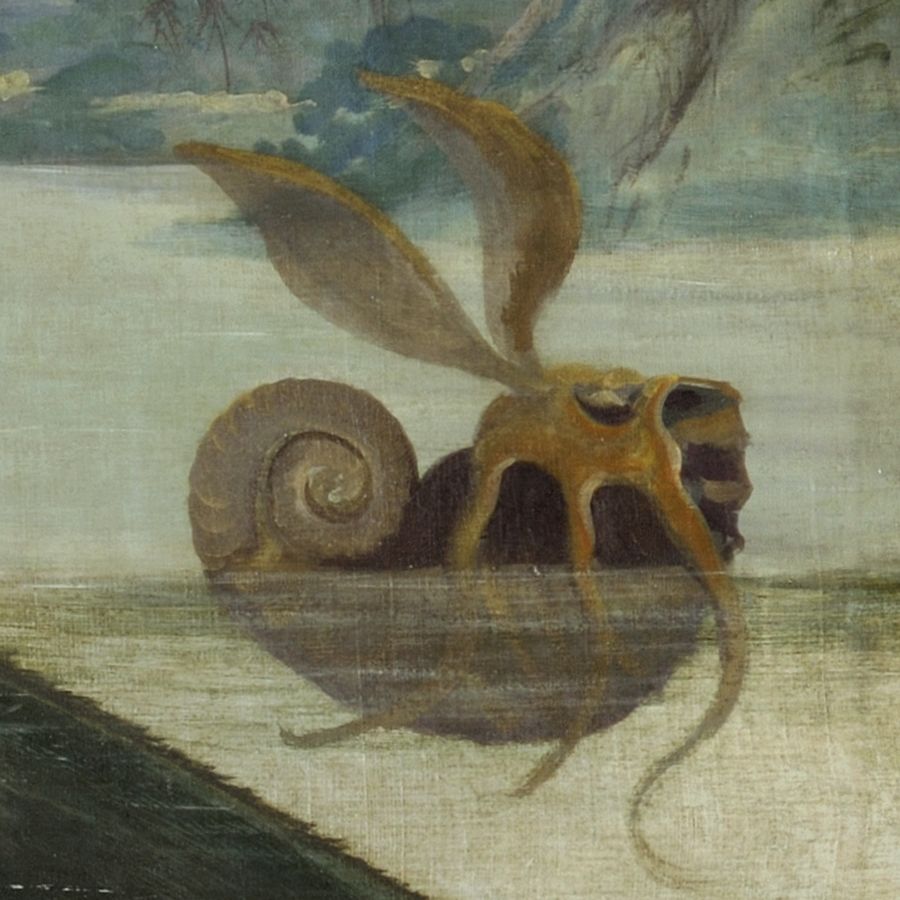
Argonauts are a group of octopus that lay eggs in a shell that looks very similar to an ammonite, despite not being closely related. Argonauts were relatively well known at the time, whereas living nautilus, thought now to be close modern analogues for ammonites, were not well known until later in the 19th Century. William Buckland suggested nautilus might be the closest living relative to ammonites in 1834 .
